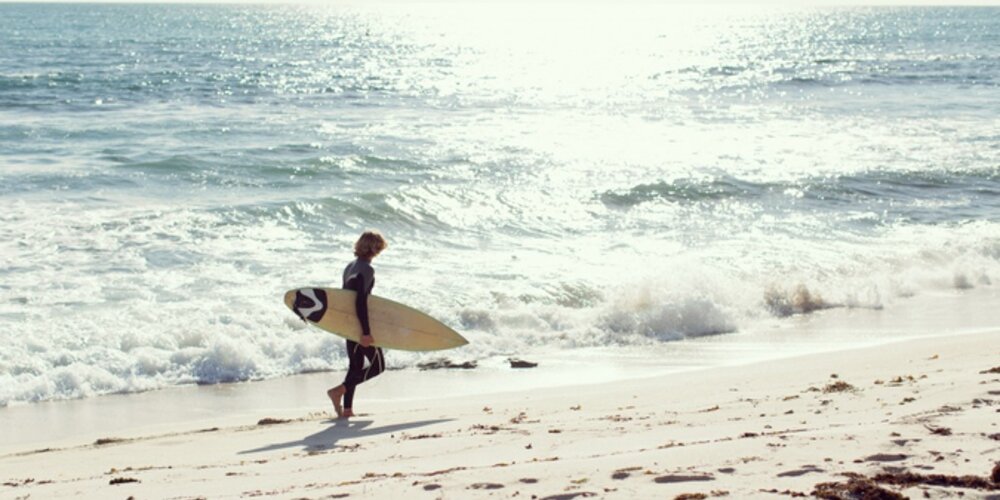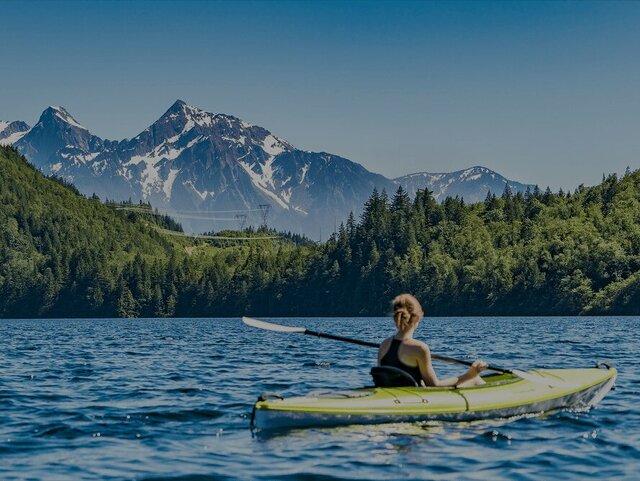Surf case ruling finds in favour of activity provider

On 21 December 2023, the High Court ruled on a case involving the adventurous activities sector.
The issues under the Court’s scrutiny will be familiar to all activities providers:- the design of equipment; the risk assessment process; the briefing; the disclaimer; the socially desirable nature of adventurous activities; and the standard of care owed by operators to their customers.
What happened?
On 5 August 2018, Mr Bennion was injured whilst surfing at an artificial lagoon (the “Lagoon”) operated by Adventure Parc. He fell from his surfboard, hit the floor of the Lagoon, and suffered life
changing tetraplegia.
On what did he base his claim?
Mr Bennion argued that Adventure Parc breached the duties owed to him under the Occupier’s Liability Act 1957. That Act places a duty to take reasonable care to ensure the reasonable safety of
visitors, taking part in activities for which they were invited to be there.
Mr Bennion’s legal team sought to prove that the depth of water at the incident location was too shallow, and therefore unsafe in the circumstances, and that Adventure Parc failed to:
• properly consult water safety consultants about the depth
of water in light of a risk assessment which identified a
high risk of injury
• warn Mr Bennion about the depth of the water
• teach Mr Bennion a good fall technique
• require that Mr Bennion demonstrate a good fall technique; and
• warn Mr Bennion that moving from stages “intermediate 1” to “intermediate 2” would expose him to the greatest risk of falling at the most dangerous point in the Lagoon.
Adventure Parc argued that Mr Bennison was a seasoned surfer, who was aware of the reef, and “had confirmed when booking on for intermediate 2 sessions that he had a correct wipeout action,
good consistent take-off, and had taken part in a training session on the transition from intermediate 1 to intermediate 2”.
The Court’s findings
The Court carried out the difficult balancing exercise between (a) the likelihood of injury (b) the seriousness of such injury (c) the socially desirable nature of the activity and (d) the cost of taking
preventative measures. The Court acknowledge that surfing is a risky sport but one with obvious social value. There was a known risk of injury as a result of the layout of the Lagoon, and that the most serious of injuries that could be caused were the type inflicted upon Mr Bennison.
Case Summary
Accepting the evidence of Adventure Parc, that, in order to create a surfable wave it was necessary to have the reef at the height at which it stood, and positioned where it was, Bird J held that
“removing the reef or increasing the height of water above it, was not a practical or workable option”.
In examining all of the evidence, Bird J, dismissing Mr Bennison’s claim, held that the shallowness of the reef was drawn to the attention of Mr Bennison and other surfers by Adventure Parc in its briefing videos. Mr Bennison self-certified his abilities, and it would be unreasonable for Adventure Parc to require all Lagoon users to demonstrate their competence before surfing. It implemented the
following measures:
1. ensured that surfers self-certify their level of ability before booking non-beginner sessions;
2. provided vigilant staff at the Lagoon;
3. undertook appropriate risk assessments; and
4. properly consulted health and safety professionals, in this case, its health and safety consultant, A&S Inman.
In light of these measures, Bird J determined that Mr Bennion’s accident was “a 1 in 20 year possibility”, saying that “the only real steps that might have been taken to reduce the risk (or remove it) were to remove intermediate 2 as a surfing level or lower the reef”.
If the height of the reef was lowered, surfing could not have taken place, and the social utility of the activity at the Lagoon would be redundant. Equally, removing intermediate level 2 would have
prevented other surfers from advancing their skills at the Lagoon safely.
It is clear from the judgment that Adventure Parc was able to demonstrate a well-thought out design of its equipment and good processes around risk assessment and briefings. Such is crucial to
be able to defend this type of claim.
Carl Wayne Bennion (“Mr Bennion”) v Adventure Parc Snowdonia Limited (“Adventure Parc”) [2023] EWHC
- Date
- 05/03/2024




